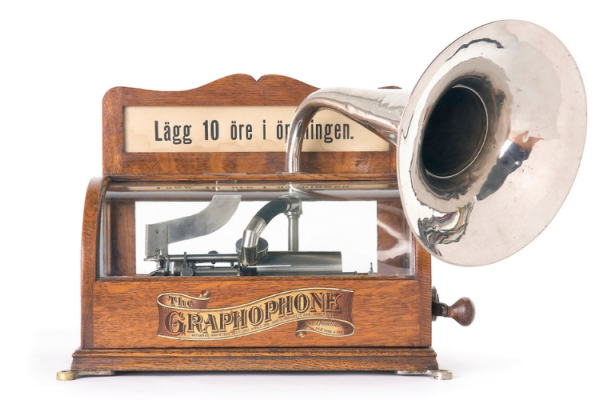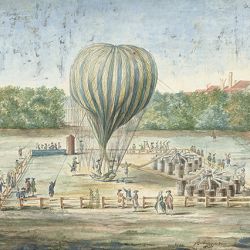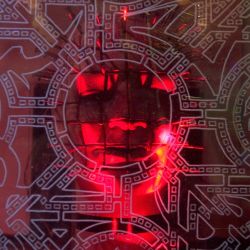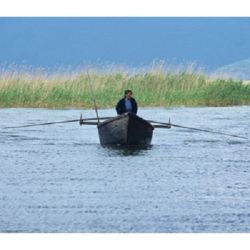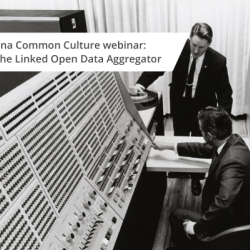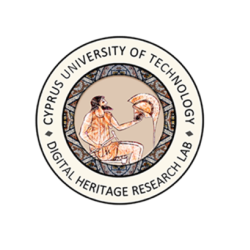Aggregation ecosystem & Capacity building
The project streamlined aggregation processes and strengthened the existing national aggregation network. It facilitated the adoption of common standards and good practices (such as the Europeana Data Model, Europeana Publishing Framework and data quality plans) across this network, and supported national aggregators through dedicated expert consultations, a virtual helpdesk and resources on Europeana Pro.
Additionally, the project built up the European aggregation infrastructure by establishing five new National Aggregators (Ireland, Serbia, Latvia, Estonia and Croatia), increasing the number of accredited Europeana aggregators to 38. Furthermore, the project created ‘Policy recommendations‘ for the Member States and European Commission in order to support a common digital aggregation strategy across Europe.
The project enhanced the skills, services and processes of National Aggregators through a rich programme of dedicated workshops and webinars. Many of these webinars are available for a broader cultural heritage sector as online resources on Europeana Pro. The project also researched the new, high-potential area of aggregation of crowdsourced content and shared its findings and recommendations in a crowdsourcing study report.
Infrastructure innovations
ECC developed three applications that support novel approaches to aggregation, improve the speed and quality of the ingestion process and contribute to higher content and metadata quality:
Metis Sandbox allows the processing of sample datasets according to the Metis workflow and thus reduces the time for quality checks when submitting data to Europeana. The application was developed by the German National Library (DNB) and Europeana Foundation. It was created with various open source libraries, it uses Spring, Java 11 and HTTP REST. The source code is available on Europeana Github.
Linked Open Data Aggregator (LODA) pipeline offers tools for harvesting LOD and converting it from one vocabulary into another. The LODA pipeline was developed by the Netherlands Institute for Sound and Vision (NISV) and Dutch Digital Heritage Network (NDE). The software is published under European Union Public Licence (EUPL-1.20) and has implemented open standards where possible. The source code and its documentation are available on Github.
Lightweight 3D viewer allows the URL of a 3D resource to be easily integrated into the Europeana Data Model record and shown on Europeana. The application was developed by Trinity College Dublin (TCD) and is part of the repository application of Irish National Aggregator, the Digital Repository of Ireland (DRI). The code is available on GitHub and the application was released under an open source Apache License, Version 2.0.
Improved Data Quality and User Experience
Europeana Common Culture aggregated in total 9,180,375 records to Europeana. In particular, the project improved the data quality of 4,484,142 to Tier 2+ and aggregated 2,370,369 new high quality records (Tier 3+) from 21 Member States.
Moreover, ECC encouraged engagement with cultural heritage through the Europeana website by creating 76 editorials (including 41 blogs, 34 galleries and 1 exhibition) which showcased 2,064 digitised cultural heritage objects from 385 cultural heritage institutions in 34 countries across Europe. The editorial work delivered by the project contributed to several Europeana collections as well as diverse feature pages, for example, Discovering Europe, Environment, LGBTQ, and Women's history.
This project was a Europeana Generic Service project, and it was co-financed by the Connecting Europe Facility of the European Union.
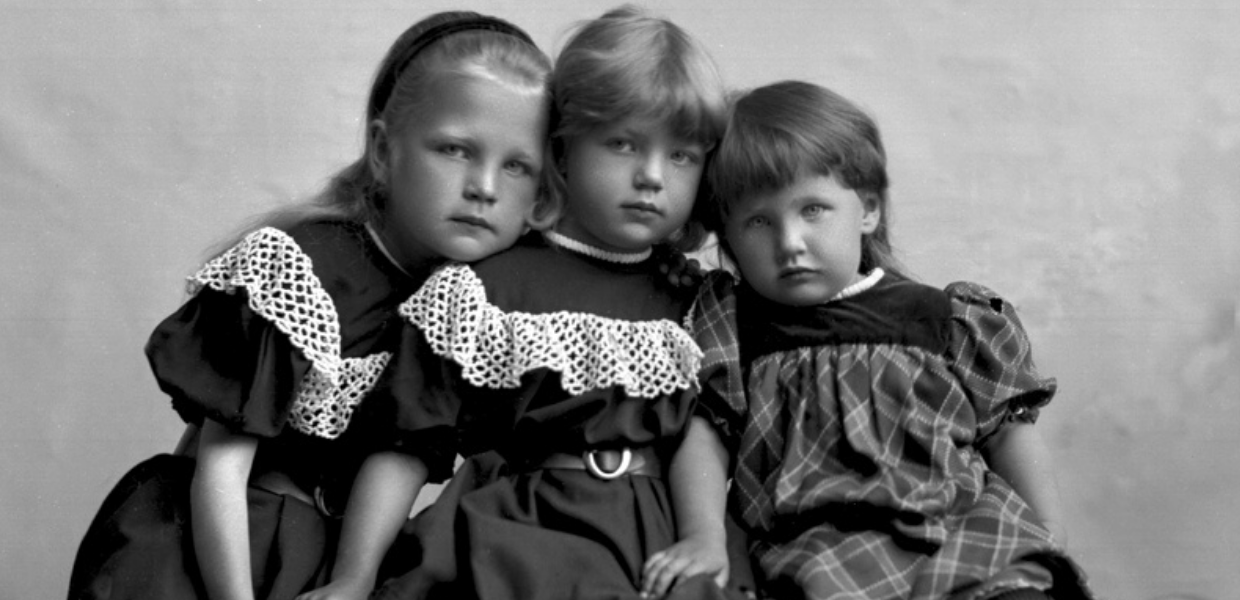

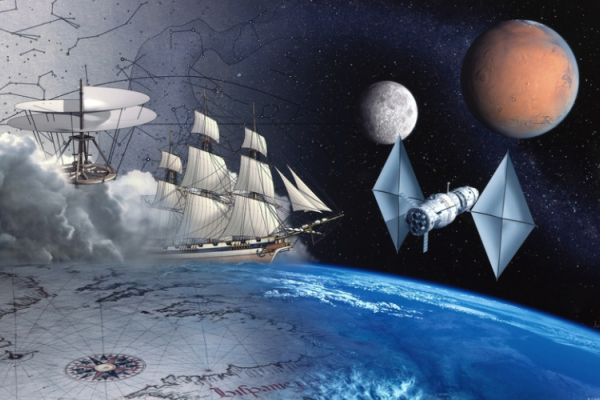
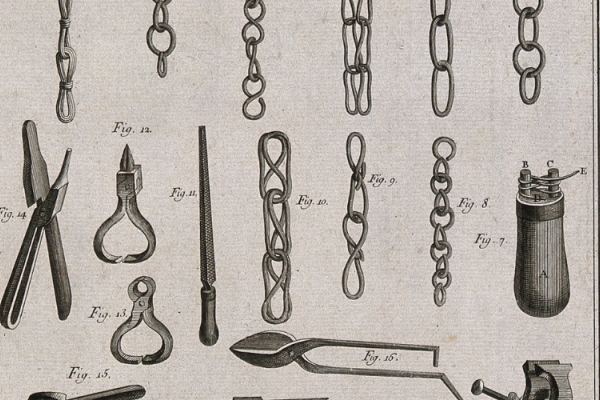
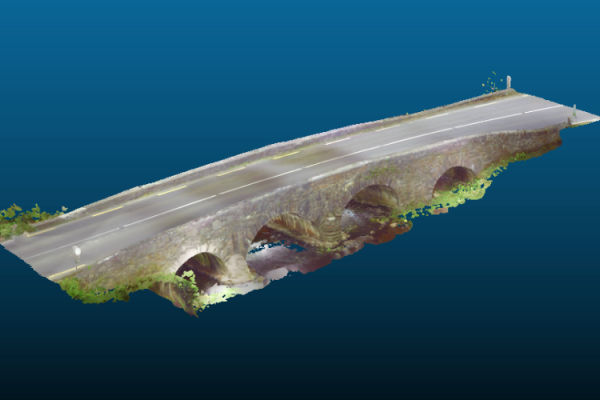
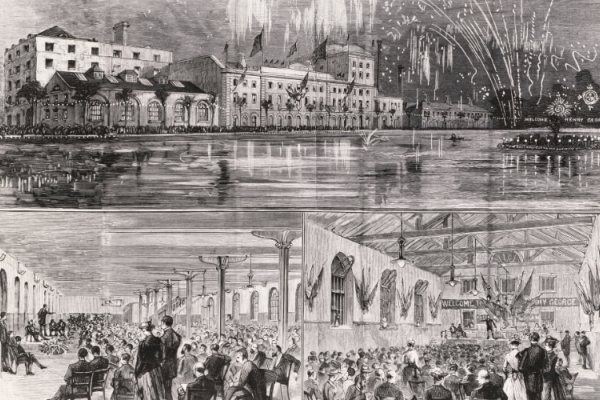
.png)
